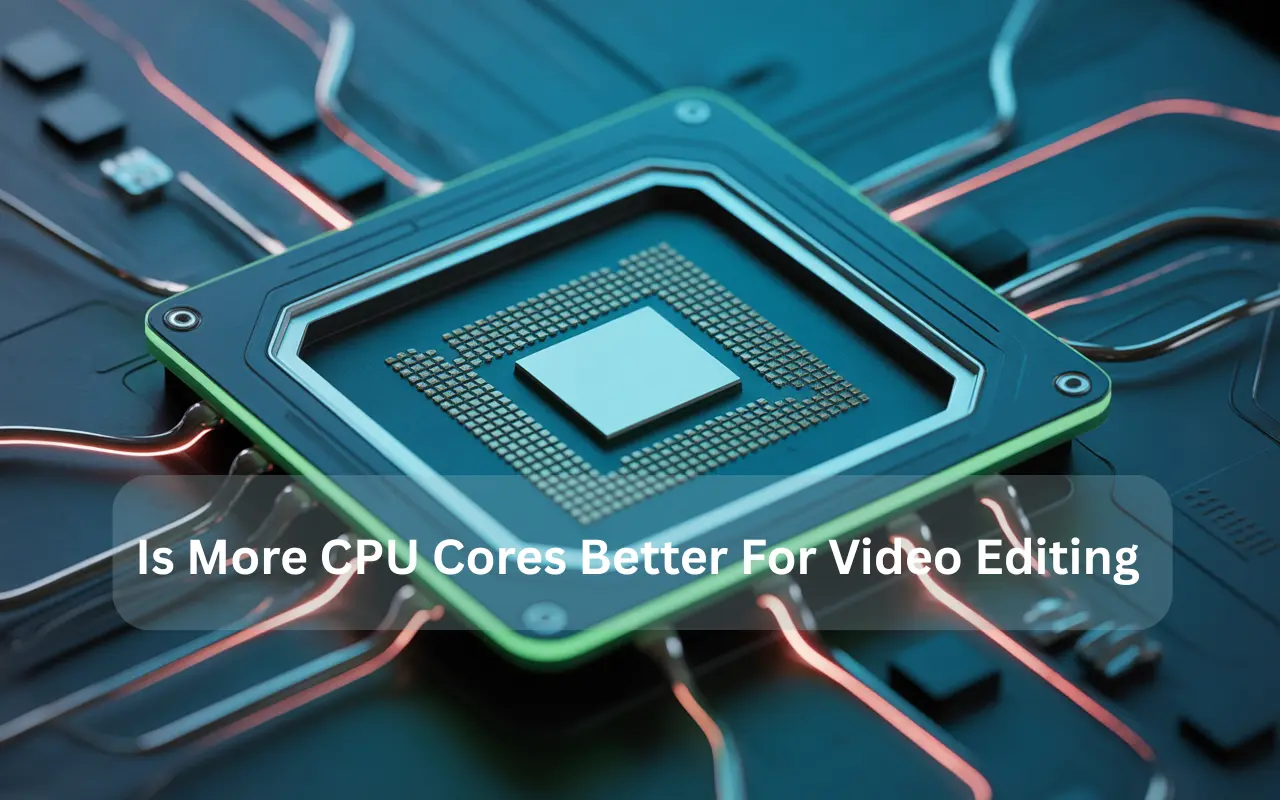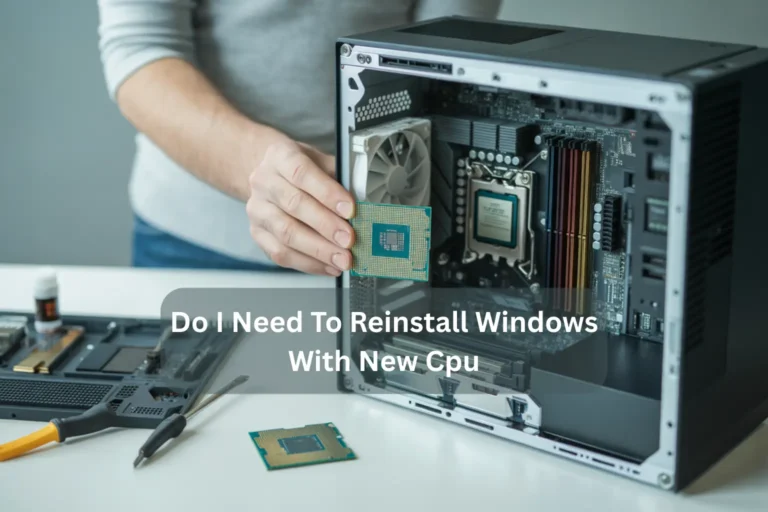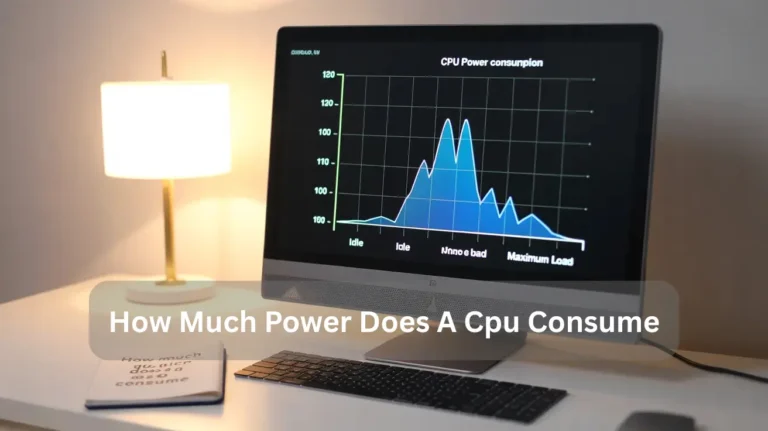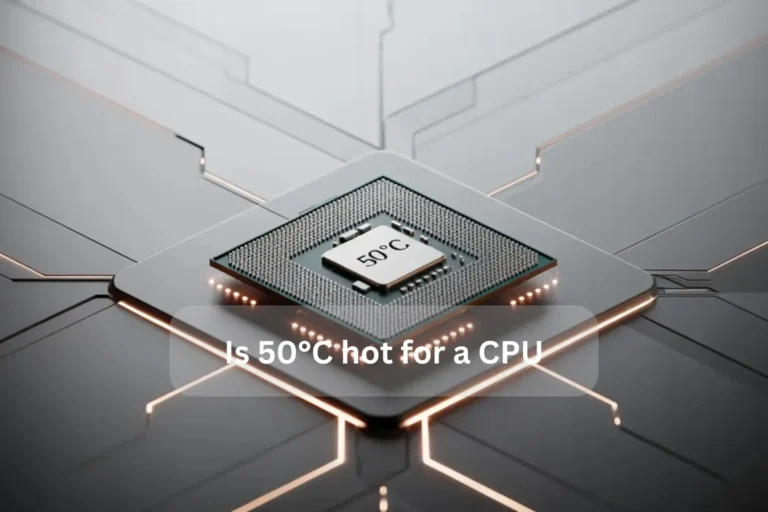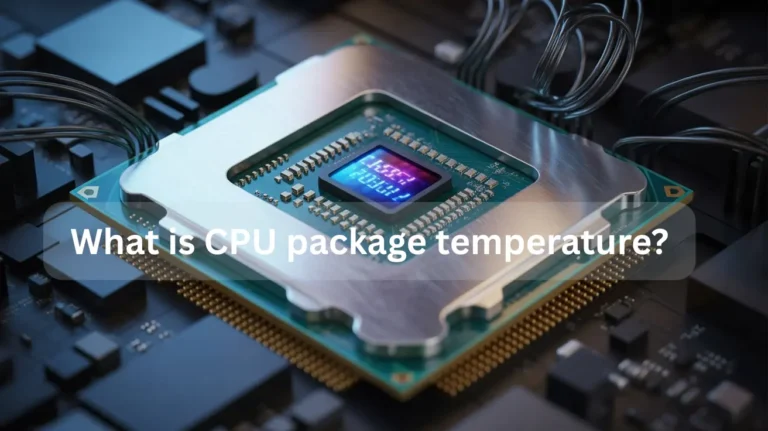Do More CPU Cores Improve Video Editing? 2025 Truth!
Yes, more CPU cores can make video editing faster and smoother. Extra cores help your computer handle many editing tasks at once, like effects and rendering. For best results, use a processor with more cores and good single-core speed. In this guide, we will explore how increasing the number of CPU cores affects video editing…
Yes, more CPU cores can make video editing faster and smoother. Extra cores help your computer handle many editing tasks at once, like effects and rendering. For best results, use a processor with more cores and good single-core speed.
In this guide, we will explore how increasing the number of CPU cores affects video editing and whether it’s the right choice for your setup.
What Are CPU Cores and How Do They Impact Video Editing?
CPU cores are the brain of a computer. More cores, as in a multi-core processor, improve video editing performance by handling multiple tasks simultaneously. This is especially important for functions like 4K video editing, where rendering speed and efficient video editing software are crucial for smooth editing and faster results.
How More CPU Cores Improve Rendering Speed for Video Editing:
More CPU cores boost video editing speed by processing multiple tasks simultaneously, reducing rendering times. This helps reduce delays, especially when working with high-resolution videos or complex editing. Using more cores improves efficiency, making video editing and rendering faster overall.
How to Choose a Computer That’s Suitable for Video Editing: 5 Things to Know:
When selecting a computer for video editing, focus on components that ensure smooth video editing performance and fast rendering speeds. Consider these five critical factors:
- Powerful CPU: Video editing software demands a strong multi-core processor, like the Intel i7 or AMD Ryzen 7, to handle complex tasks efficiently.
- Sufficient RAM: A minimum of 16GB RAM is essential for editing large video files without lag.
- Good Graphics Card (GPU): A powerful NVIDIA GeForce GTX or RTX GPU is crucial for high-resolution rendering and smooth video playback.
- Fast Storage (SSD): SSDs provide much faster access to files than traditional hard drives, improving your workflow for video editing.
- Accurate Display: A high-resolution display (1080p or 4K) with color accuracy ensures that your edited videos look great on all devices.”
This version integrates some related keywords and phrases that improve SEO relevance while maintaining readability.
Common Mistakes When Choosing CPU Cores for Editing:
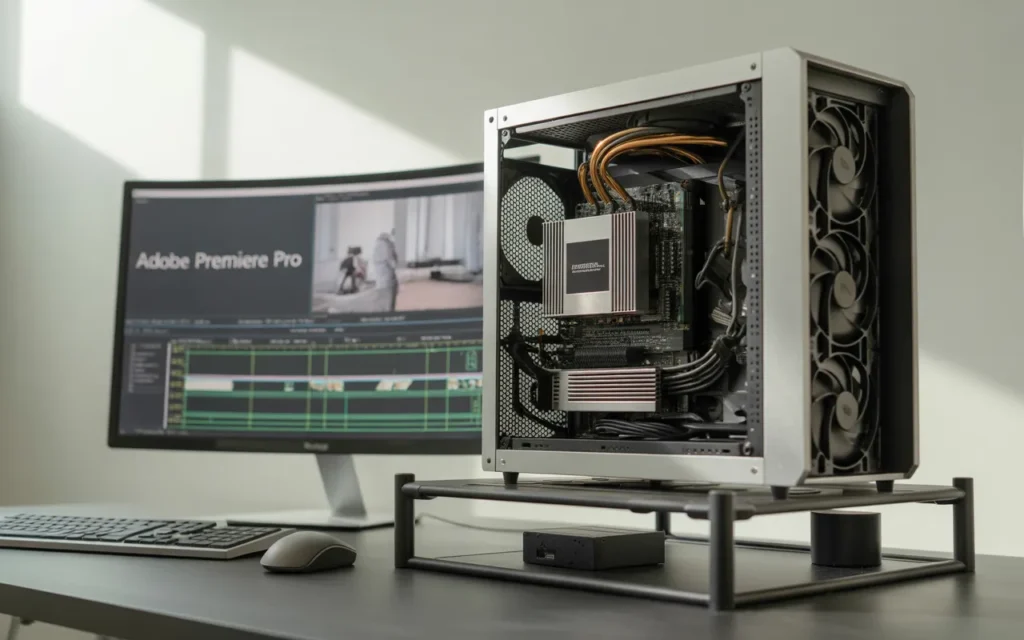
Choosing the right CPU cores for editing is crucial for an efficient workflow. Many users make mistakes, such as opting for too few cores or ignoring software requirements.
Here’s how to avoid these errors:
- Ignoring Software Demands
Editing software like Adobe Premiere Pro benefits from multi-core processors. Always check if your editing software is optimised for multiple cores before making a purchase.
- Overlooking Core Frequency
Higher core count alone doesn’t guarantee better performance. CPU clock speed is equally important for fast editing tasks.
- Choosing Low-Core Count CPUs
Opt for CPUs with at least six cores for smooth video editing. Fewer cores may slow down processing times and rendering.
- Not Considering Future Needs:
Avoid underestimating future requirements. A 4-core CPU may be sufficient now, but it could limit performance as software becomes more demanding.
- Focusing Solely on Price:
While budget is important, investing in a higher-core processor can save time in the long run. Cutting corners may lead to slower rendering and editing.
By keeping these factors in mind, you’ll make a well-informed decision and ensure smooth video editing performance.
Also Read: Do I Need To Reinstall Windows With New CPU?
How CPU Cores Impact 4K and 8K Video Editing?
CPU cores are vital for smooth 4K and 8K video editing. More cores enable your CPU to handle tasks such as rendering, applying effects, and exporting video more efficiently without slowing down. This is especially important for high-resolution files that require significant processing power.
Editing software like Adobe Premiere Pro and Adobe Resolve utilise multi-core processors to accelerate rendering and enhance timeline playback. The higher the core count, the quicker the processing, leading to a more efficient workflow.
Key Benefits of More CPU Cores for Video Editing:
- Multitasking Power: More cores enable simultaneous editing and exporting, preventing system slowdowns.
- Faster Rendering: Higher core count reduces rendering times for complex 4K and 8K projects.
- Smooth Playback: Extra cores improve timeline playback, reducing stuttering and lag during editing.
- Better Effects Handling: High-core CPUs process advanced colour grading, transitions, and video effects efficiently.
- Future-Proofing: High-core CPUs remain relevant as editing software becomes more demanding and resource-intensive.
With more CPU cores, video editing becomes faster, smoother, and more efficient. This setup ensures that you’re ready for future software updates and more demanding video production tasks.
What Do CPU Core and Thread Figures Mean, and Do They Matter?
CPU cores and threads show how many tasks a processor can handle at once. More cores and threads can improve performance, especially for heavy tasks like gaming or video editing. They matter when speed and multitasking are essential.
- Core: A core is a part of the CPU that does one task at a time. If a CPU has more cores, it can do more tasks at once, like multitasking.
Thread: Each core can have one or more threads. A thread is a small task that the core handles. Having more threads allows the core to manage tasks more efficiently.
Recommended CPU Core Counts for Different Video Editing Tasks:
| Task | Recommended Cores | Ideal CPU Model |
| Basic Editing (1080p) | 4-6 Cores | Intel i5, Ryzen 5 |
| Intermediate Editing (4K) | 6-8 Cores | Intel i7, Ryzen 7 |
| Professional Editing (8K) | 10+ Cores | Intel i9, Ryzen 9 |
| Heavy Multi-Camera Editing | 8-12 Cores | Intel i9, Ryzen 9 |
For basic 1080p editing, a 4 to 6-core CPU like an Intel i5 or Ryzen 5 works well. For 4K editing, 6-8 cores Intel i7, Ryzen 7 are ideal. For 8K or professional tasks, 10+ cores on Intel i9 or Ryzen 9 ensure smooth performance. Multi-camera editing requires 8-12 cores to handle multiple streams.
Best Core Count for Smooth Video Editing Workflows:
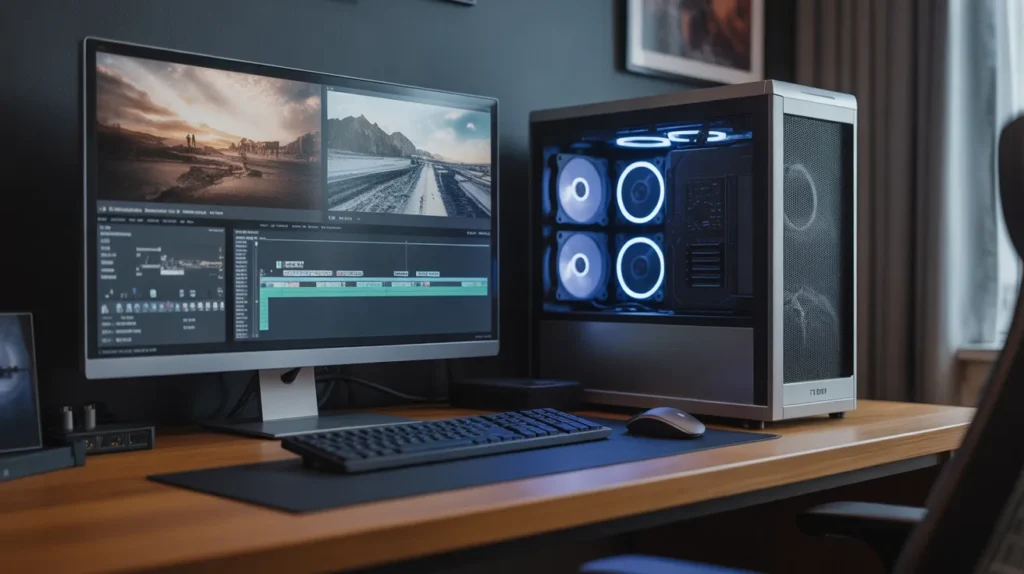
Selecting the optimal number of CPU cores is crucial for seamless video editing. More cores enhance performance in tasks such as rendering, multitasking, and applying effects in editing software. The ideal core count depends on the type of editing you do.
Recommended Core Counts for Video Editing:
- 4 Cores (Basic Editing):
Best for simple tasks, such as trimming and basic transitions. Ideal for editing in 1080p or lower resolution.
- 6 Cores (Intermediate Editing):
Suitable for 4K footage and multiple visual effects. It offers better rendering speeds and performance.
- 8 Cores (Professional Editing):
Great for high-resolution footage (4K or higher). Ensures fast rendering, smooth playback, and multi-tasking.
- 10+ Cores (Advanced/High-End Editing):
Perfect for 8K footage and complex visual effects. More cores provide faster render times and an efficient workflow.
Tips for Optimising Video Editing Workflow with Multi-Core Processors:
To get the most out of your multi-core processor and enhance video editing performance.
Follow these tips:
- Enable Multi-Core Support: Ensure that your video editing software is optimised to use all available cores, speeding up rendering and processing tasks.
- Distribute Tasks Efficiently: Configure the software to assign tasks such as rendering, applying effects, and encoding across multiple cores for improved parallel processing.
- Use Proxy Files for Smooth Playback: For smoother editing, use lower-resolution proxy files, especially when working with high-resolution footage like 4K or 8K, to reduce the strain on your CPU.
- Close Unnecessary Background Programs: Free up resources by closing any unnecessary applications or background processes, ensuring your multi-core processor can focus entirely on video editing.
- Keep Software Updated: Make sure your editing software is regularly updated to benefit from the latest multi-core optimisations and performance enhancements.
- Optimise RAM Usage: Ensure sufficient RAM for smooth multitasking, as video editing with multi-core CPUs requires a lot of memory for large files and complex tasks.
By following these steps, you can maximise the performance of your multi-core processor, ensuring faster rendering, smoother playback, and an overall more efficient video editing workflow.
Impact of CPU Cores on Rendering Time for Video Editing:
The number of CPU cores significantly affects rendering time in video editing. More CPU cores allow your computer to handle multiple tasks at once, making video rendering faster. This is particularly important when editing high-resolution videos, such as 1080p, 4K, or 8K content.
| CPU Cores | 1080p Rendering Time | 4K Rendering Time | 8K Rendering Time |
| 4 Cores | 15 minutes | 45 minutes | N/A |
| 8 Cores | 10 minutes | 25 minutes | 90 minutes |
| 12 Cores | 5 minutes | 12 minutes | 45 minutes |
As shown, the more CPU cores you have, the faster your video rendering time, especially for 4K and 8K videos. This helps video editors save time and increase productivity. High-performance CPUs with more cores are essential for professional video editing, where fast rendering is a key factor.
Also Read: Is 50°C hot for a CPU?
FAQ’s:
1. Do more CPU cores improve video editing performance?
Yes, having more CPU cores can significantly enhance video editing performance by speeding up tasks such as rendering and processing.
2. Is a higher core count always better for video editing?
No, while more cores can help, the CPU’s clock speed and the software you’re using also play important roles in performance.
3. Should I prioritise more cores for video editing?
Yes, but you should also consider the balance between core count and clock speed, depending on your editing needs.
4. How does the number of CPU cores affect video rendering times?
The more CPU cores you have, the faster your rendering times will likely be, as editing software often utilises multiple cores for tasks like encoding and processing.
5. Does video editing software use all CPU cores?
Video editing software like Adobe Premiere Pro and Final Cut Pro can utilise multiple cores, but the extent varies depending on the project complexity and the software’s optimisation.
Conclusion:
In conclusion, having more CPU cores significantly enhances video editing performance, particularly for complex projects such as editing 4K and 8K videos. Multi-core processors accelerate rendering, improve multitasking, and ensure smoother playback. While the ideal core count depends on the type of editing, investing in a higher-core CPU future-proofs your setup for more demanding tasks and software advancements.

